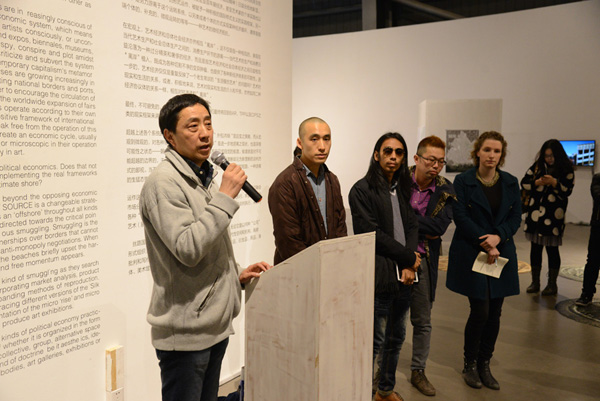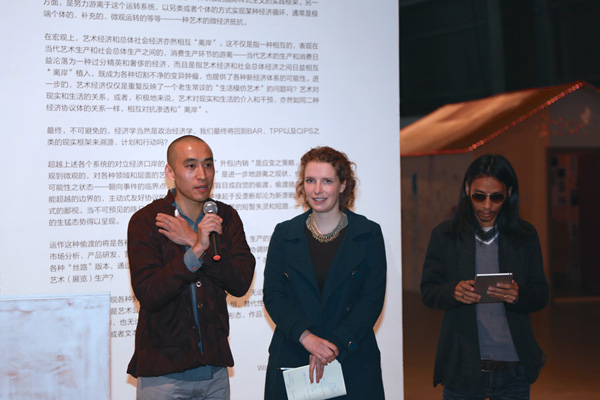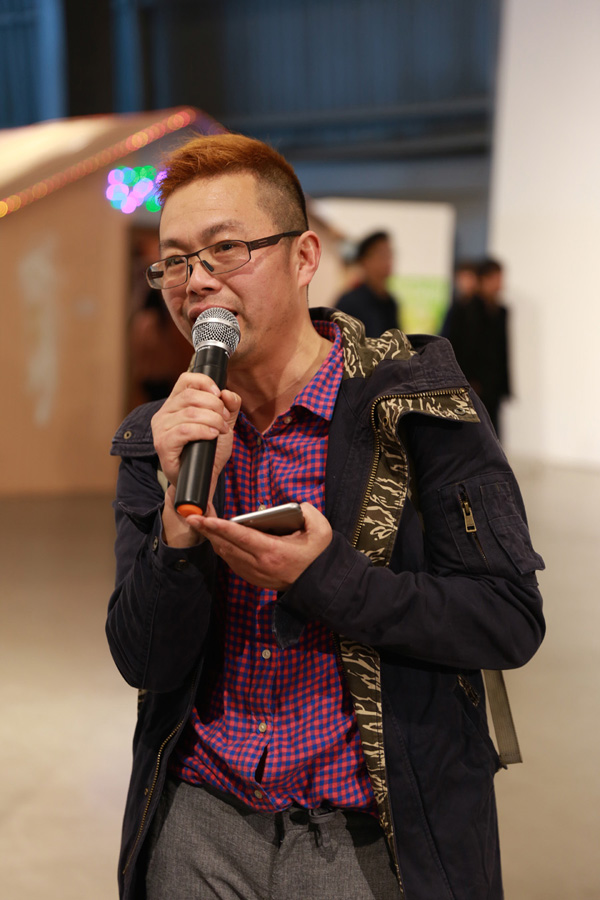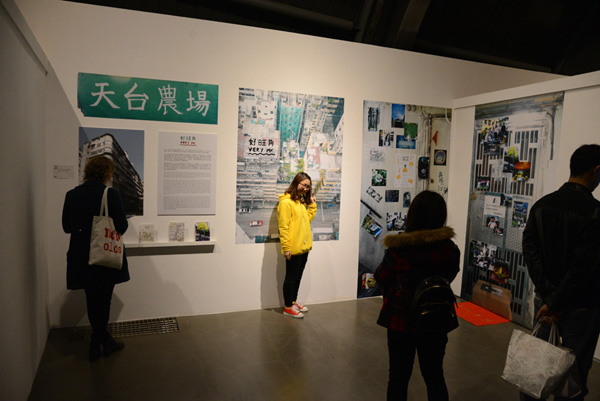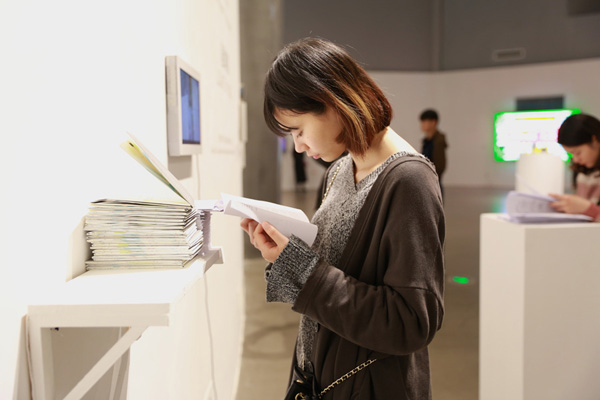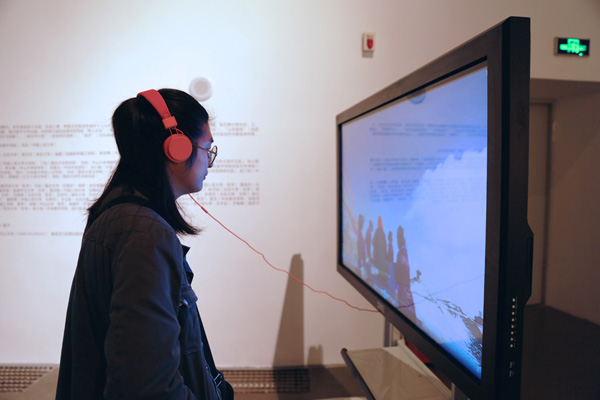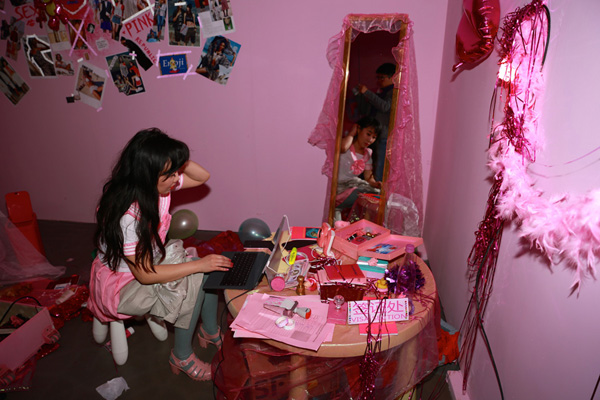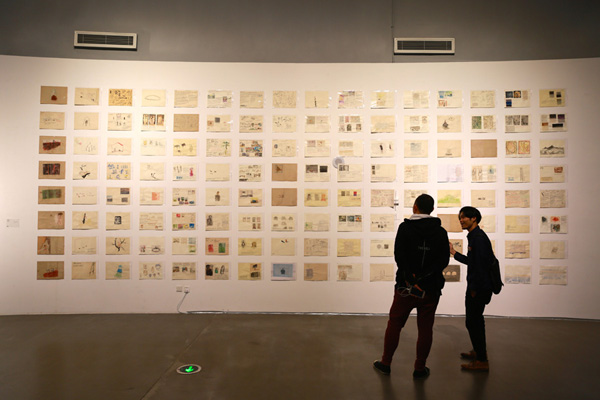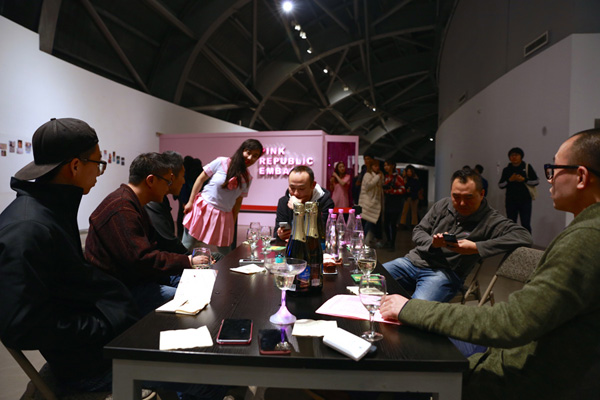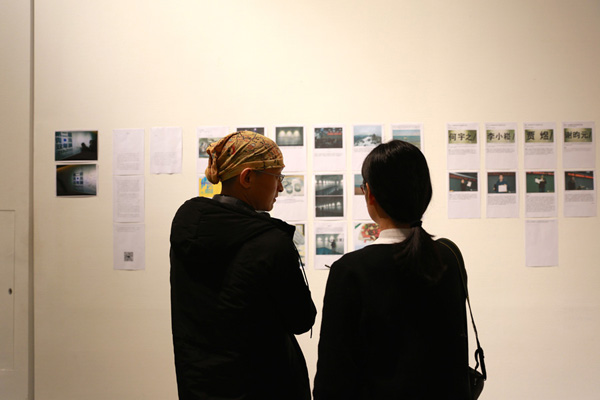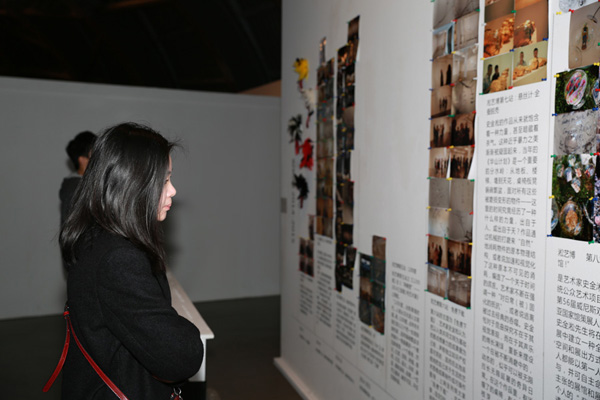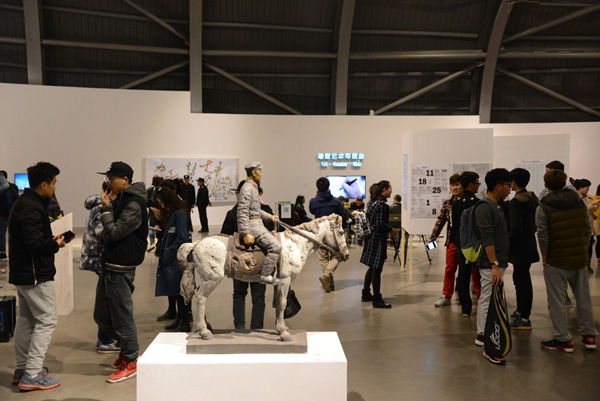SILK ROAD INTERNATIONAL
AMNUA INTERNATIONAL PROJECT II
4 - 31th Mar. 2016
Opening Ceremony: 15:00, 4th Mar. 2016
ART MUSEUM OF NANJING UNIVERSITY OF THE ARTS, NANJING, CHINA
Selected artists, projects, groups, collectives, curators, writers and activists
Anabasis
Alexandre Ouairy
Apartment of Dreams Come True
Cai Dongdong
Cheng Jialiang
Cabinet of Wonder
Douglas Lewis
Exhibitionist
Fanchang Shit
596 Acres 596
Hu Xiangqian
Hua Weihua
iRRi ART
Ju Anqi
Lai Chih-Sheng
Li Zhanyang
Liu Chengrui & Gao Yuan
Lin Ke
Li Mu
Moe Satt
Mira Calix
Mohamed Laouli
Pink Republic Pink Republic
Path Project
Qilin Stall
Rouzbeh Akhbari
Shi Jinsong
Song Ta
Shop of Painting Art
Very MK rooftop farm Very MK
Xu Tan
Xue Wenwen
Xu Lu
Xu Liwei
Xiao Wucong
Yu Ying
Yue Luping
Yangjiang Group
Producer:Li Xiaoshan
Curator:Wang Yamin
Executive Team:
Liu Ting, Media specialist
Qu Jum, Exhibition Executive
Tao Feifei, Curatorial Assistant & Designer
Mao Chunhai, Exhibition Executive
Li Li & Luo Xi, Public education
Gao Ya, Designer
Jeremy Jing, Installation specialist
Francesca Leiper, Curatorial Intern
Xu Jiaxin, Curatorial Intern
Shen Mu Lin Feng, Curatorial Intern
Cai Yingong, Curatorial Intern
AMNUA would also like to express our gratitude to all the artists,curators, writers, activities and collectors for making this project possible.
We would also like to thank the organizations and institutions involved, YIIiSU, Haitang Art Space, YINFAN(NANJING) AV TECHNOLOGY CO.,LCD. and other individuals involved for their support.
Curator’s statement
In the Art World, from the boring historical reality of IN|OUT SOURCE to the highlights of all kinds of tit-for-tat practices which result in Subjectification, Silk Road International, with its second round this March, demonstrates the continuing efforts of the AMNUA International Project to explore 'incarnations' in contemporary art practices, where both operation systems and ideologies are involved. Centered around an exhibition, this round of the project will collect and explore almost forty cases from artists, groups, collectives, projects as well as authors.
After IN|OUT SOURCE - AMNUA International Project I, selected artists alongside their art works once again returned to galleries, museums, storages, studios, factories and companies, or were shipped to the next project or exhibition, to re-enter international art production lines. In the art world, production lines continued to run methodically, as production lines do throughout the world. Whether it be ‘One Belt And One Road’ (OBOR) or the ‘Trans-Pacific Partnership’ (TPP), such strategies, practices and ideas, with their critical opposites, feed into production lines of reality and text. China continues to produce and to be present, floating between the Pacific Ocean and Western Paradise. At that moment, the RMB Cross-border Interbank Payment System (CIPS) had quietly been launched, covering the OBOR and TPP ports, and the RMB successfully entered into the Special Drawing Right (SDR). All kinds of Silk Roads were suddenly preregistered across the lands and seas and the international company rose to prominence.
On a micro level, art activities show that the artists are increasingly conscious of their position and role in the framework of an economic system, which means their economic self-practice. On the one hand, artists consciously, or unconsciously, enter into closed systems which surround expos, biennales, museums, collections and galleries etc. They participate, spy, conspire and plot amidst systems of the art world, or use the system to criticize and subvert the system itself. Despite the lagging development of contemporary capitalism’s metamorphosis, super galleries as transnational enterprises are growing increasingly in tune to the spirits of TPP (crossing and subverting national borders and ports, and replacing the nation with companies in order to encourage the circulation of capital). Similarly, this can be used to describe the worldwide expansion of fairs and biennales, and their economy. Even artists operate according to their own ‘fairs’ and ‘biennales’, placing them within a positive framework of internationalism. On the other hand, artists are trying to break free from the operation of this system, using their own alternative means to create an economic cycle, usually by being extremely individual, supplementary or microscopic in their operation – a micro-economy as a resistance to economy in art.
On a macro level, art economy and overall social economy are ‘offshore’ from one other. This points to a mutual disassociation from consumption and production of both contemporary art production and overall social production, meaning the production and consumption of contemporary art is increasingly reduced to an overly extravagant and elite economy. Furthermore, it also means the art economy and social economy are increasingly implanted in one another as ‘offshores’, encouraging the growth of tumours which cannot be cut free, but which simultaneously offer a variety of possibilities for new economic systems. What’s more, does art economy simply repeat time and again the cliché between life and art, that ‘life imitates art’? When considering the relationship of art to life and reality, in a positive sense, the involvement and intervention of art in life and reality is much the same as the relationship between the two economic partnership systems, that is, they mutually penetrate one another and treat each other as ‘offshore’.
In the end it is inevitable that economics is political economics. Does that not bring us back to the tracing, planning and implementing the real frameworks such as BAR, TTP and CIPS? Is politics our ultimate shore?
Is there a kind offshore practice which goes beyond the opposing economic ports of the aforementioned systems? IN |OUT SOURCE is a changeable strategy which, from micro to macro, drifts freely as an ‘offshore’ throughout all kinds of fields and levels, breeding possibility and directed towards the critical point of each event. This process is blind or conscious smuggling. Smuggling is the implementation of proactive and friendly partnerships over borders that cannot be crossed, rejecting monopolies raised from anti-monopoly negotiations. When unforeseen images of corporations lying on the beaches briefly upset the harmony of everyday life, a kind of invigorating and free momentum appears.
International corporations will implement this kind of smuggling as they search for new ways to produce art exhibitions, incorporating market analysis, product development, marketing, promotion and expanding methods of reproduction. Through coordinated implementation and retracing different versions of the ‘Silk Road’, they will use negotiation and implementation of the micro ‘rise’ and micro ‘cultural and art trade partnership’ in order to produce art exhibitions.
SILK ROAD INTERNATIONAL will present all kinds of political economy practices that attempt to be ‘offshore’, regardless of whether it is organized in the form of a company, be it an art company, artist, collective, group, alternative space or organization, gallery, critic or writer; or a kind of doctrine, be it aesthetics, ideology, artworks, derivatives, daily products, bodies, art galleries, exhibitions or text.
